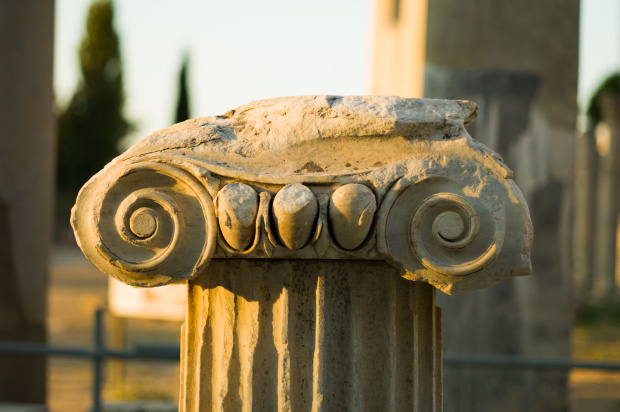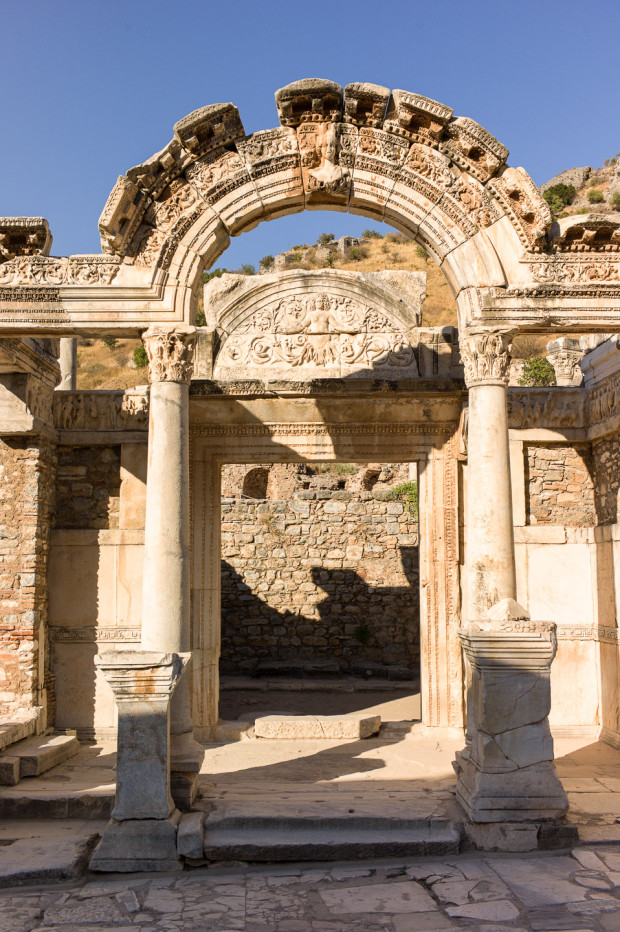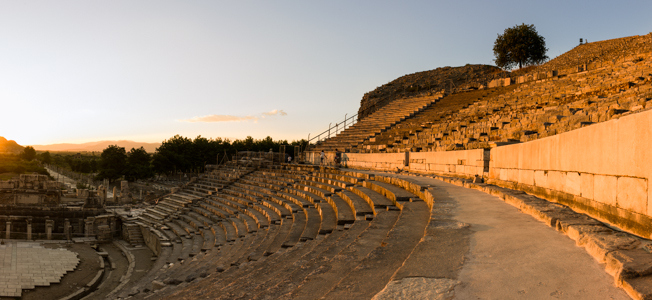
Ephesus is an old Roman town, host to emperors (Hadrian, Trajan) as well as the consuls of the republic (Sulla, Pompey) as Rome first expanded to the East. It was to become the capital of the Asia provence, situated in modern day Anatolia, Turkey.
Ephesus was founded as a Greek city, about the 6th Century BCE. At its height, it was home to about 250,000 people, before earthquakes were to damage it, and the declining fortunes of the Eastern Roman empire (the Byzantines) were to eventually lead to its depopulation around the 8th Century CE. Tradition has it that Mary, the mother of Jesus, and the disciple John, both settled in this area, and nearby is the house Mary is thought to have lived out her days. It is now about 5kms or so from the Aegean Sea, as its harbour silted up. The grandeur of its amphitheatre, its library, the marble road that was the main road of the city, with its fountain for the Emperor Hadrian, lend it an air steeped in history.
In the early 20th Century, on the north side of the road, archeologists have been digging over the remains of Roman villas, situated in the centre of the city. These villas would have been home to the wealthy and privileged citizens of the city, and would have housed visiting dignitaries. They are the largest and best preserved collection in the world.
Ephesus is a very popular destination, the cruise ships have daily visits during summer, and so there are large groups and crowds. Very generously, the administrators leave the site open to 8pm, late enough to take in the sunset and have an hour or so where most of the crowds have dispersed and one can wander around in relative peace. It is well worth the wait to watch the sunset from the amphitheatre; clearly the Romans knew how to situate this structure!
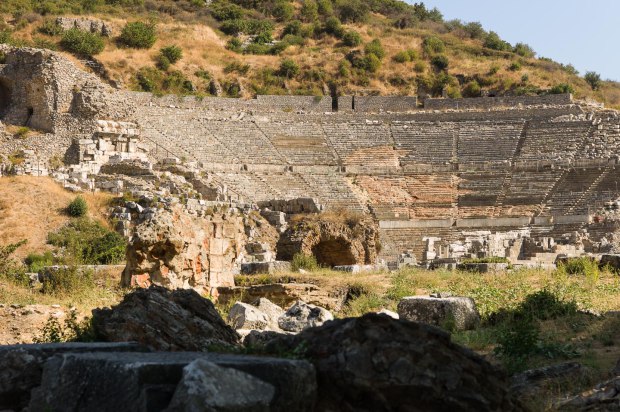
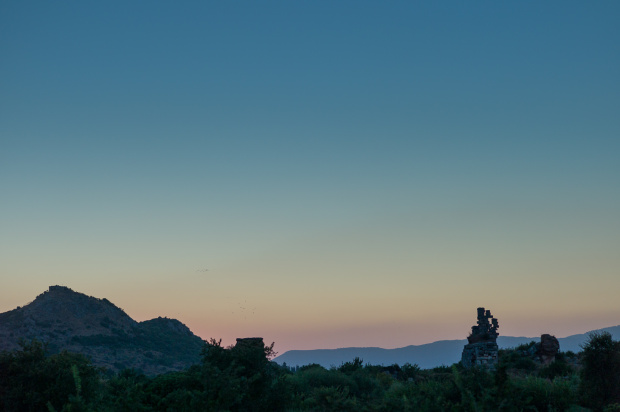
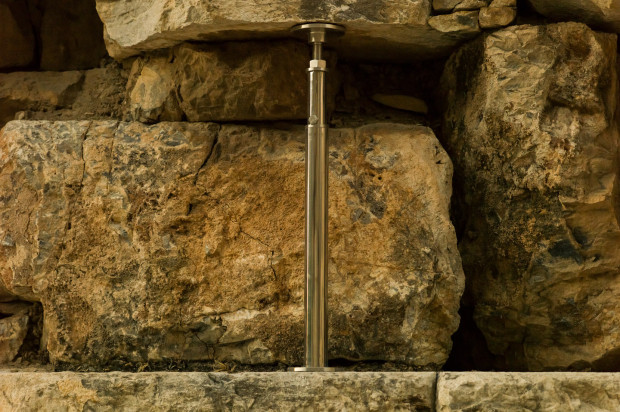
The library is the other grand structure remaining in the city. It is believed that it is here, in Ephesus, studying the works contained within this library, that the emperor Julian the Apostate, decided to go against the Christian beliefs of his family and embrace the Pagan beliefs of old Rome. He was here as a youth before being called by the Emperor Constantius to serve the empire as his junior emperor (the rank of Caesar to Constantius’ Augustus).
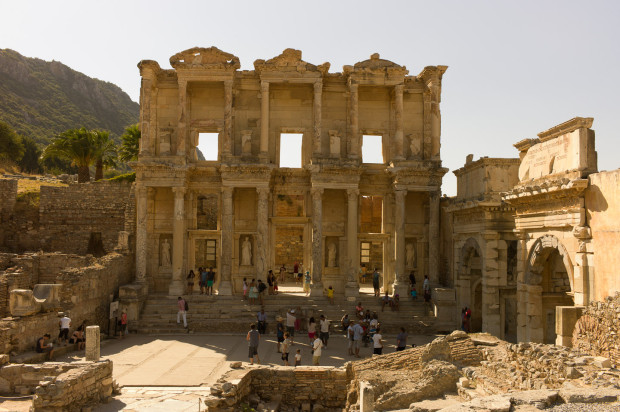
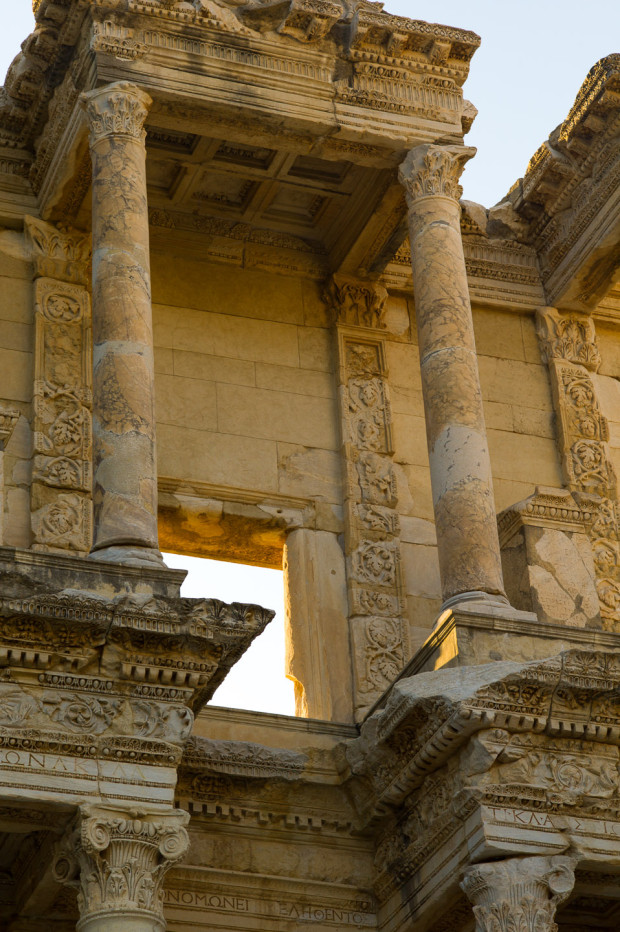
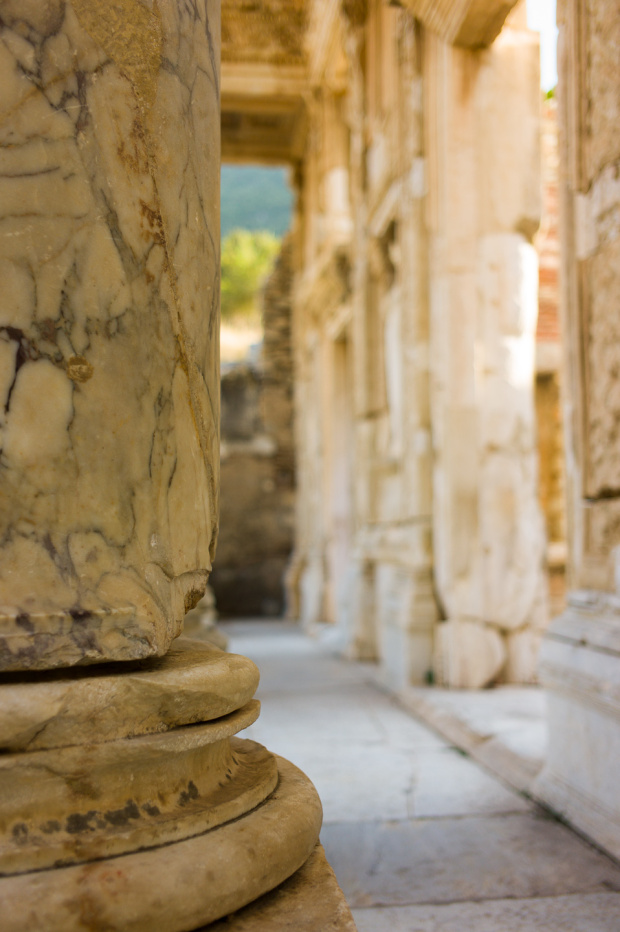
The colours of the setting sun have a dramatic effect on the local stonework (these pieces are nearby to the library).
Up the main street, there are the remnants of many a fine building, and one can still marvel at the fine stonework, the elegance of the structures, where stone is given shapes of refinement and poetry.
And finally, pillars line a road that leads out of the city. What use were these pillars put to, why were they here?


